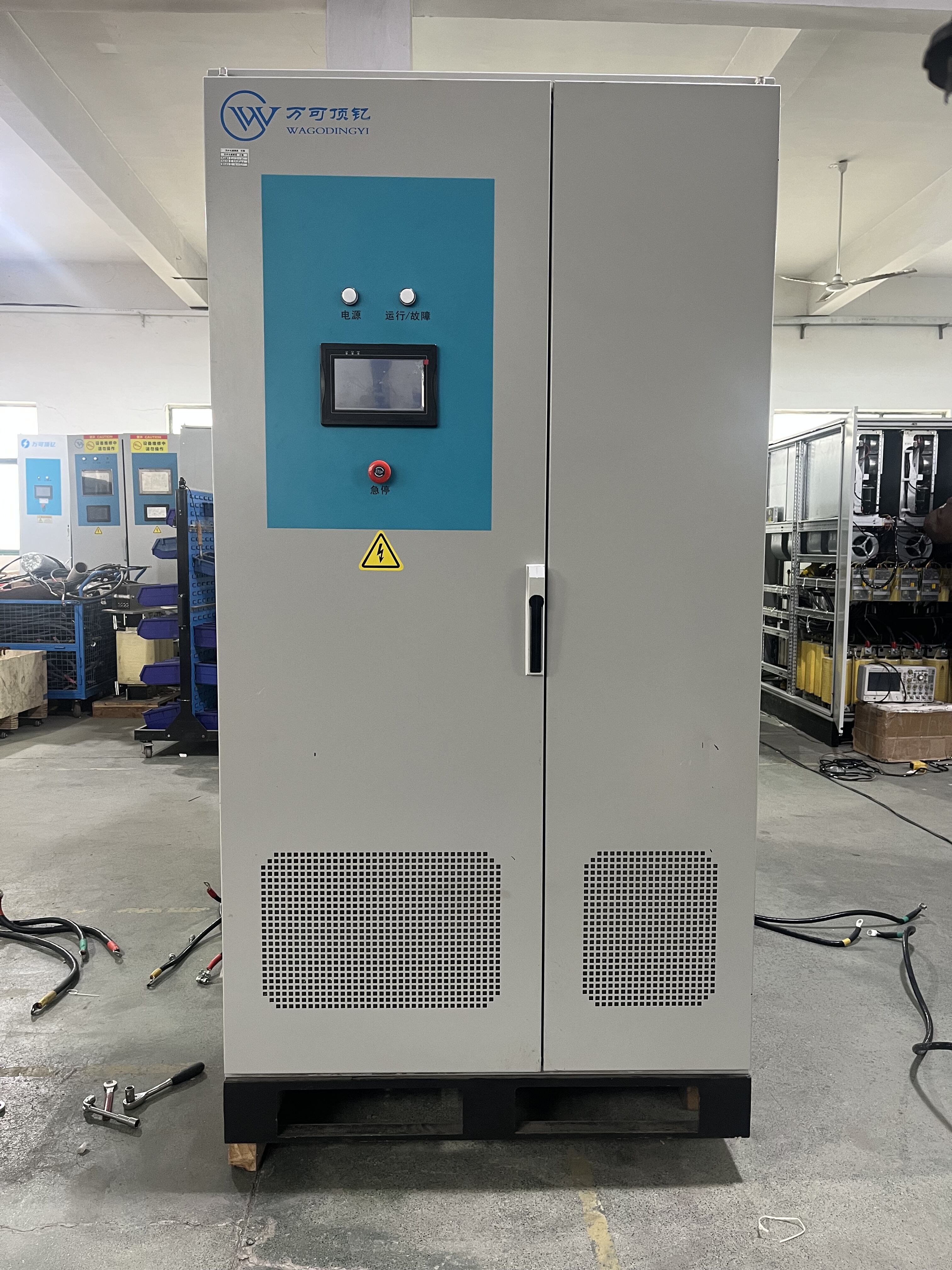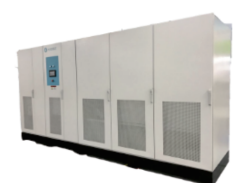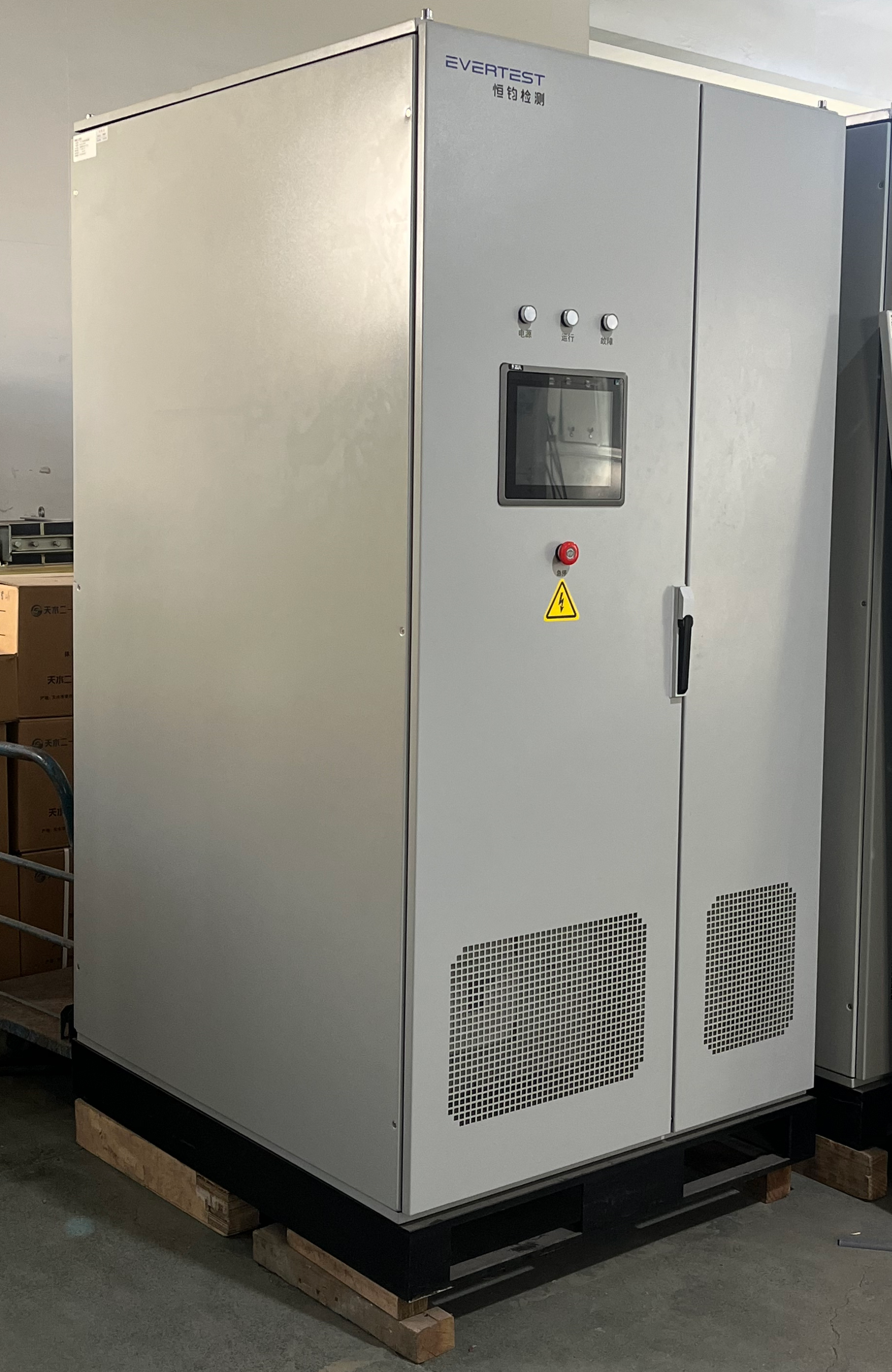distributed wind power
Distributed wind power represents a decentralized approach to energy generation where wind turbines are installed at or near the point of energy consumption. This innovative system typically consists of single or multiple wind turbines ranging from 1 kilowatt to several megawatts in capacity, strategically positioned to serve local electricity demands. The technology integrates advanced monitoring systems, smart grid connectivity, and efficient power conversion mechanisms to ensure optimal energy harvesting. These systems can be deployed in various settings, including residential properties, agricultural facilities, industrial complexes, and commercial buildings. The technology incorporates sophisticated wind assessment tools, robust turbine designs optimized for lower wind speeds, and advanced control systems that enable seamless integration with existing power infrastructure. Distributed wind installations can operate either connected to the main power grid or independently in off-grid configurations, providing flexibility in application. The systems typically include features such as automatic shut-off mechanisms during extreme weather conditions, remote monitoring capabilities, and integrated storage solutions for enhanced reliability. This approach to wind energy particularly benefits rural communities, remote locations, and areas with suitable wind resources but limited access to centralized power generation.




